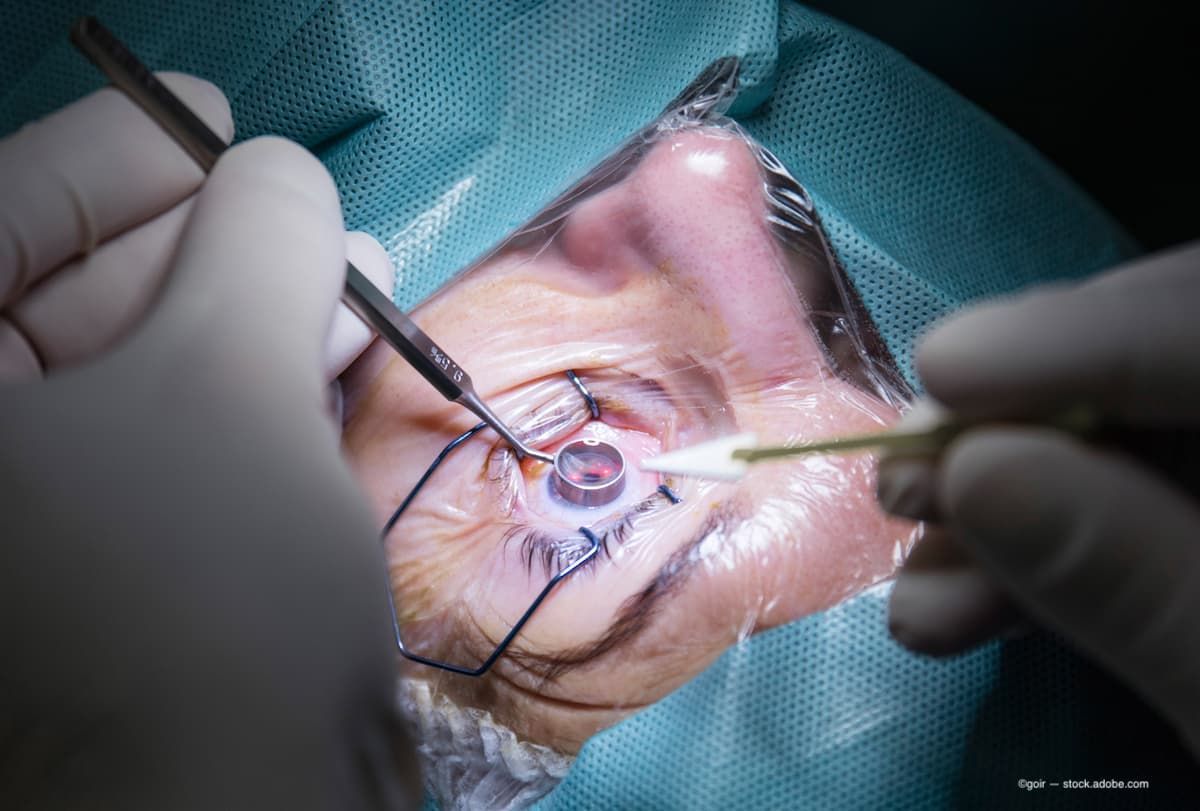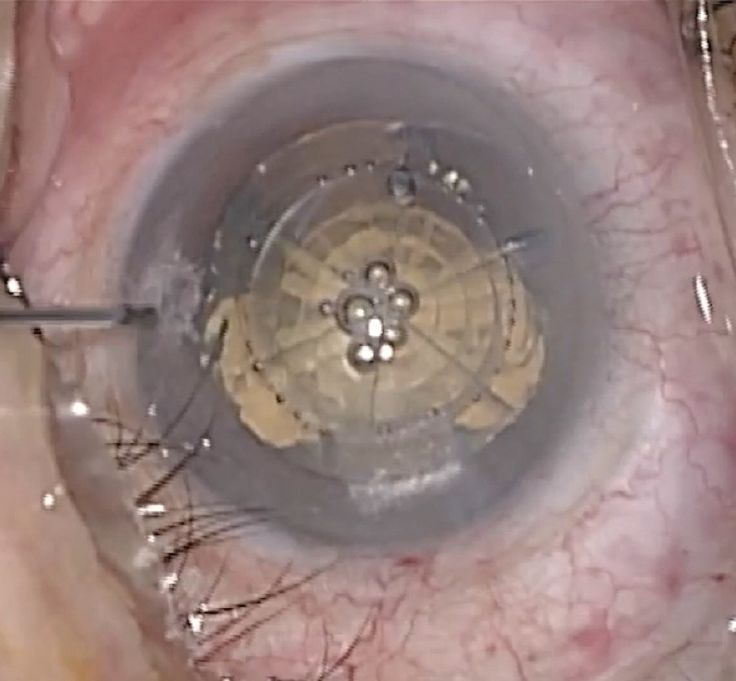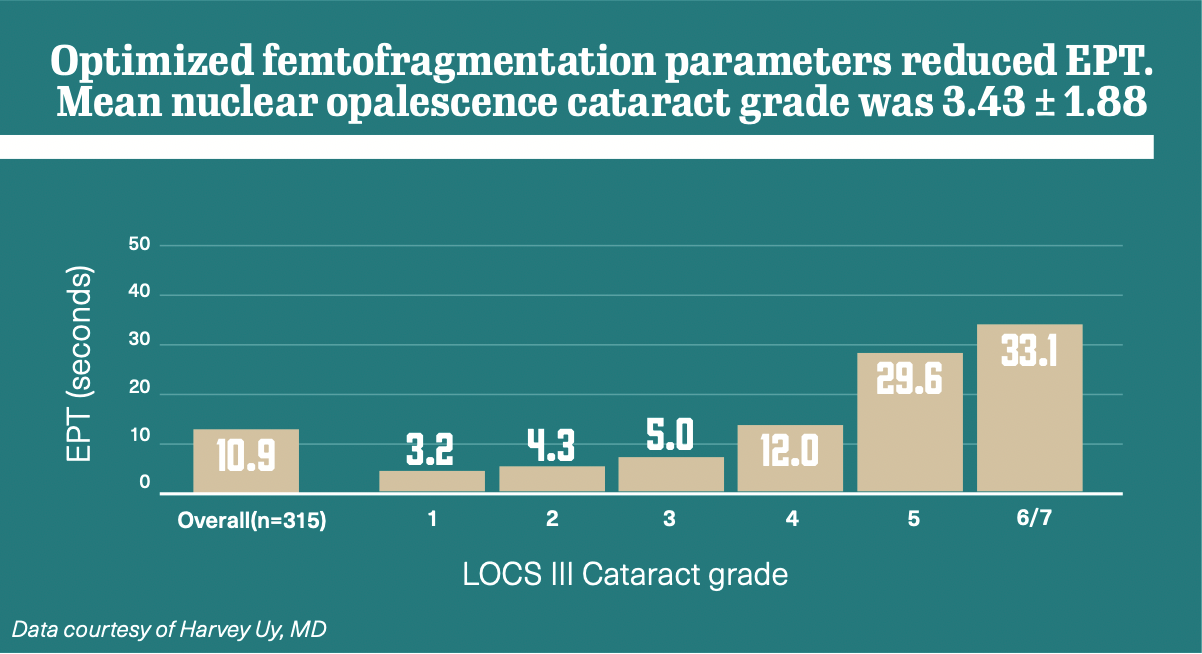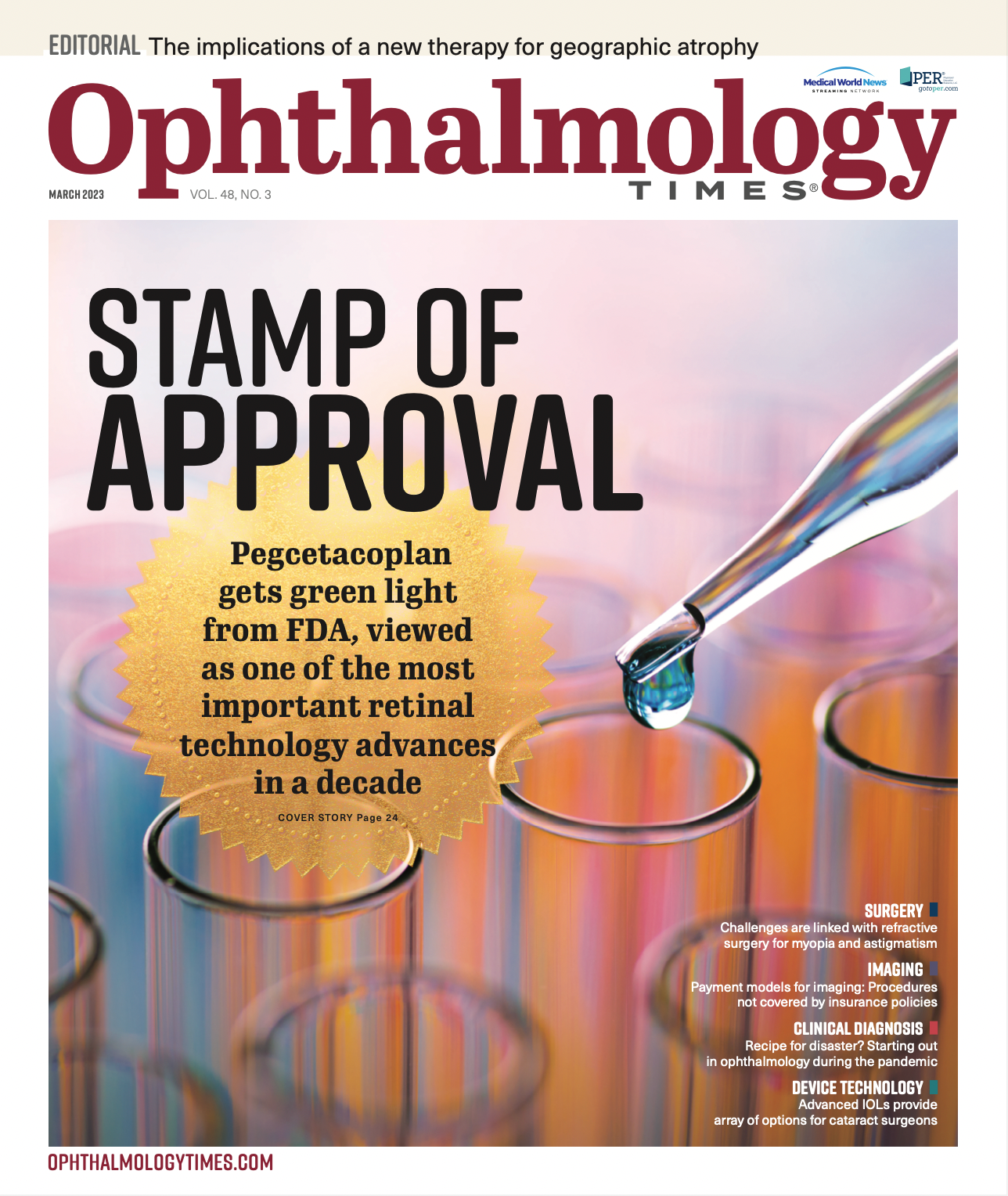Publication
Article
Digital Edition
Integrated system streamlines cataract surgery
Author(s):
Procedure integrates femto, phaco in one instrument to address issues.
This integrated surgery shortens the procedure substantially, allow- ing surgeons to perform more surgeries on a given day. (Image Credit: Adobe Stock/goir)

Reviewed by Harvey Uy, MD
A new approach to cataract surgery has been devised and is now available for a more effective procedure, according to Harvey Uy, MD, from the Peregrine Eye and Laser Institute, Makati City, Philippines.
According to Uy, this integrated surgery shortens the procedure substantially, allowing surgeons to perform more surgeries on a given day.
This new procedure, which involves use of the femtosecond laser plus phacoemulsification to address cataracts in 1 instrument, eliminates some of the limitations associated with femtosecond laser-assisted cataract surgery (FLACS).
FLACS has performed admirably for a decade and has a number of advantages, ie, a round, centered, custom-sized rhexis; better wound sealing; enhanced astigmatic correction; and nuclear disassembly via lens fragmentation, Uy explained.
However, FLACS also is associated with a few challenges, the first being that in Asian patients it can be difficult to position the patient interface device on the patient’s eye. In addition, the surgery can be inefficient in that it takes time to transfer the patient from the laser area to the cataract surgery area. Finally, the 2 machines needed for the FLACS surgery must have separate, dedicated spaces in the operating room, he explained.
Integrated surgery improves efficiency. (Image courtesy of Harvey Uy, MD)

A new and better mousetrap
The ALLY System (LENSAR), a new integrated femtosecond laser and phacoemulsification machine, has become commercially, and it addresses many of his concerns.
“With this single system, we can bring the patient under 1 machine and perform the entire surgery in a single sterile environment,” Uy commented.
The system is comprised of the FLACS laser with an integrated phacoemulsification machine, which occupies a small mobile footprint. Both machines are controlled with a single integrated foot pedal control.
Because the suction of this new machine is extremely good, the surgery can be performed even in small deep-set eyes.
The procedural time is much faster with instantaneous imaging using 6 high-resolution cameras.
“We can complete the entire procedure faster, because we can scan the eye in just one go. The dual pulse laser is 2 to 4 times faster than with the previous models,” he stated.
Another advantage for him is that after he applies the laser, he and the patients do not have to move and the phacoemulsification procedure can begin immediately.
These factors save his team about 9 minutes of case time for every patient, which in turn facilitates their performing up to 4 additional cases in one day. Also, the absence of a transfer is calming for the patients.
Personal experience
Uy tested the integrated system in a first-in-human case series in 1 center. He performed all of the cases.
In this study, 63 eyes underwent FLACS using the combined system. As a control, 24 non-study eyes underwent separate femtosecond laser and phacoemulsification procedures using the LENSAR Laser System (LENSAR) and Catarrhex 3 (Oertli).
All patients were followed for 3 months postoperatively.

The main outcome measures were the rates of successful surgical completion and serious ocular adverse events. The surgical parameters evaluated were the effective phaco time (seconds), case time, laser time (minutes), transition time (minutes) and phaco time.
Uy reported that all eyes underwent successful cataract surgery with improvement in the visual acuity using the integrated femtosecond laser/phaco system.
No serious ocular serious adverse events or infections occurred. Mild anterior chamber inflammation and corneal edema were the only adverse events.
“The optimized femto fragmentation parameters reduced the effective phaco time,” he explained. “The mean nuclear opalescence cataract grade was 3.43 ± 1.88.”
The mean time saved was 9.1 minutes per case. This savings facilitated an increased case load by 1 case per hour or 4 cases per day. Specifically, using the Ally system, the laser time decreased by 43% and the transition time by 86%, both of which reached significance (p < 0.001); the phaco time decreased by 16%.
Ultimately, an integrated femto laser and phaco system proved to be effective and safe for FLACS. Surgical efficiency was enhanced by reducing the procedural times for all surgical phases and allowing the surgeon to perform FLACS in one seating and one setting. Finally, the integrated femto laser and phaco system shortens case times compared to standard, separate laser and phaco machines.
Harvey Uy, MD
E: harveyuy@gmail.com
Dr. Uy is from the Peregrine Eye and Laser Institute in Makati City, Philippines. He receives grant support from and is on the Speakers’ Bureau of LENSAR.

Newsletter
Don’t miss out—get Ophthalmology Times updates on the latest clinical advancements and expert interviews, straight to your inbox.





